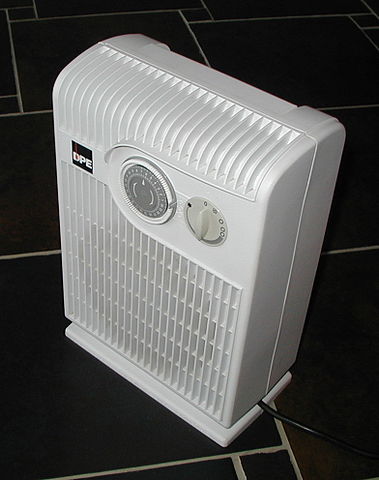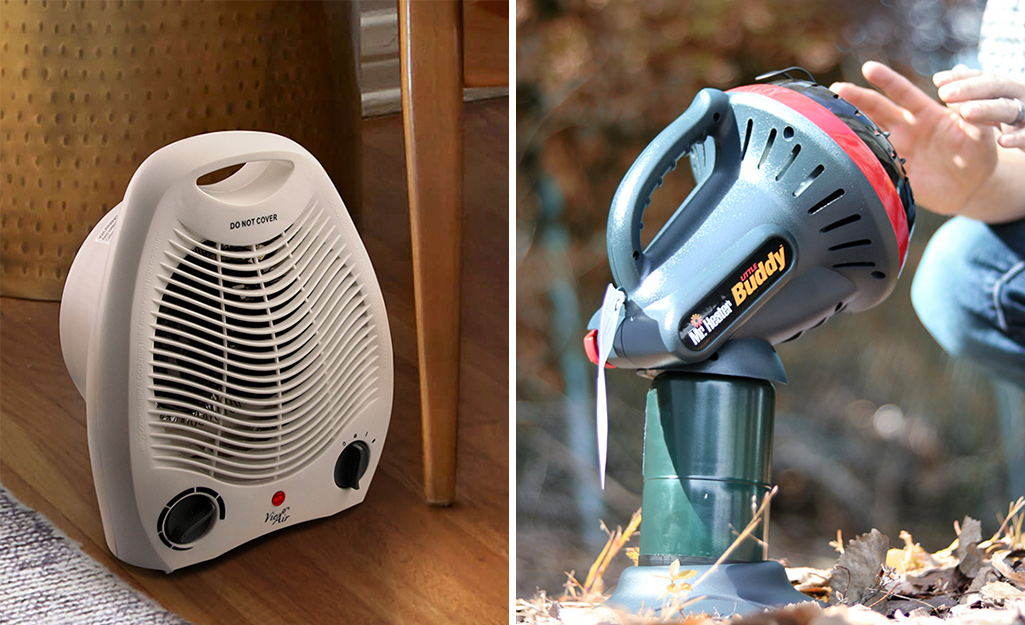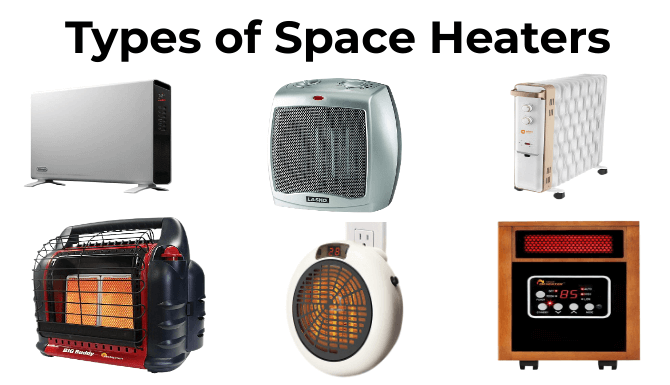Some Known Details About 1 Source Portable Air
Some Known Details About 1 Source Portable Air
Blog Article
How 1 Source Portable Air can Save You Time, Stress, and Money.
Table of ContentsOur 1 Source Portable Air PDFsThe Single Strategy To Use For 1 Source Portable AirGetting My 1 Source Portable Air To WorkHow 1 Source Portable Air can Save You Time, Stress, and Money.1 Source Portable Air - An Overview
Running expenses are based upon a power price of 40c/kWh. The prices for 3 months' use in winter season are based on 500 hours use, or around 6 hours daily for three months. Maximum warmth output is based upon the optimum wattage of the designs we have actually tested (we concentrate on greater wattage heating systems).
This relies on what expense you're looking at ahead of time acquisition, or running cost? As typical, there are trade-offs with either selection. Generally, little follower heating systems are cheaper to get, yet can have greater running expenses. Oil column heating systems will certainly be the most inexpensive on the market to run (on average) yet only by a slim margin in advance of convection heaters (like panel and micathermic panels).
Our 1 Source Portable Air Diaries
If you have a relatively easy to fix ceiling follower, it'll aid spread the warm around the space much more evenly. A number of pricey heaters have actually fallen short to thrill our testers, while some less expensive models make for surprisingly great buys.
As the name suggests, they emit warm from a red-hot home heating element (so the family will have to take turns resting in front of it). Radiant heating units are reasonably low-cost.
Glowing heaters normally set you back in between $20 and $200. Oil-filled column heating systems don't really melt oil they use electrical power to heat up the oil that's secured inside their columns or 'fins'.
The Basic Principles Of 1 Source Portable Air
Some column heating systems aren't also oil-filled but instead use other material or heating technology to work similarly - 1 Source Portable Air. The danger of fire with an oil column heating unit is reduced contrasted to various other heating unit types, but never zero. Oil heaters don't have actually subjected aspects like radiant heating units do, and their surface temperature is less than many other heater kinds (their big area makes up for it)
Oil column heating systems will not blow up, and while they do not shed their oil to produce warm, it's still flammable, so there is a fire risk if the oil leakages, if the heater topple and leakages, or if combustible items or fabric enter call or fall on the heating system. You must exercise the same level of caution with oil heaters when it comes to other heating system types, and never ever hang towels or clothing over one to dry them use a drying out rack rather, at least one metre away.
Column heating systems are particularly valuable in spaces where they'll be activated for long durations of time or where they'll run ignored, such as over night in a bedroom. The surface areas you're likely to touch on a column heating unit don't obtain as hot as other sorts of electric heating systems. You can make use of a ceiling fan on extremely reduced speed to help the column heating system to distribute the heat much faster and more uniformly.
Oil-filled column heaters normally set you back between $50 and $450. Convection and panel heaters draw chilly air over an electrical home heating element.
The 9-Second Trick For 1 Source Portable Air

Convection and panel heating units are a lot more mobile than their oil-filled column heating unit counterparts since they're considerably lighter. They'll heat up the air in a room evenly and quickly. Like a column heater, you can use a ceiling follower on really reduced speed to distribute the heat much faster and extra uniformly. Some designs, especially panel heaters, are relatively expensive to buy.

Little Known Questions About 1 Source Portable Air.
Follower heating units are frequently smaller sized and more mobile than other electric heating systems. They also can be found in the form of tower fan heating systems, which can be better for dispersing heat around larger rooms due to their taller here are the findings profile. They can warm the air in a space extra quickly, equally and quickly than a few other heater kinds.
Follower heaters (ceramic or otherwise) usually cost between $60 and $900. Ceramic fan heating units aren't necessarily any type of different in cost to non-ceramic designs.
Report this page